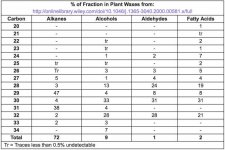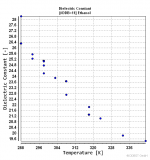More research to share from The Alchemist Resource.
I attempted to post the whole thang, but alas it scrambles the format. You can find the article at: https://thealchemistresource.thealchemistresource.com/p/normal-0-false-false-false_13.html
Don't forget to remove the s in https.
I attempted to post the whole thang, but alas it scrambles the format. You can find the article at: https://thealchemistresource.thealchemistresource.com/p/normal-0-false-false-false_13.html
Don't forget to remove the s in https.






